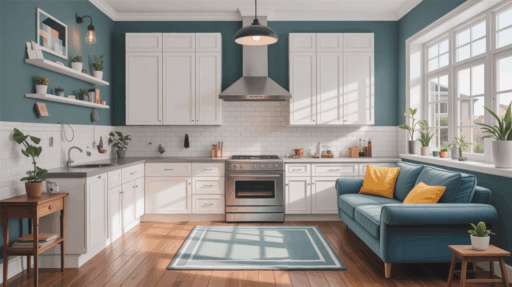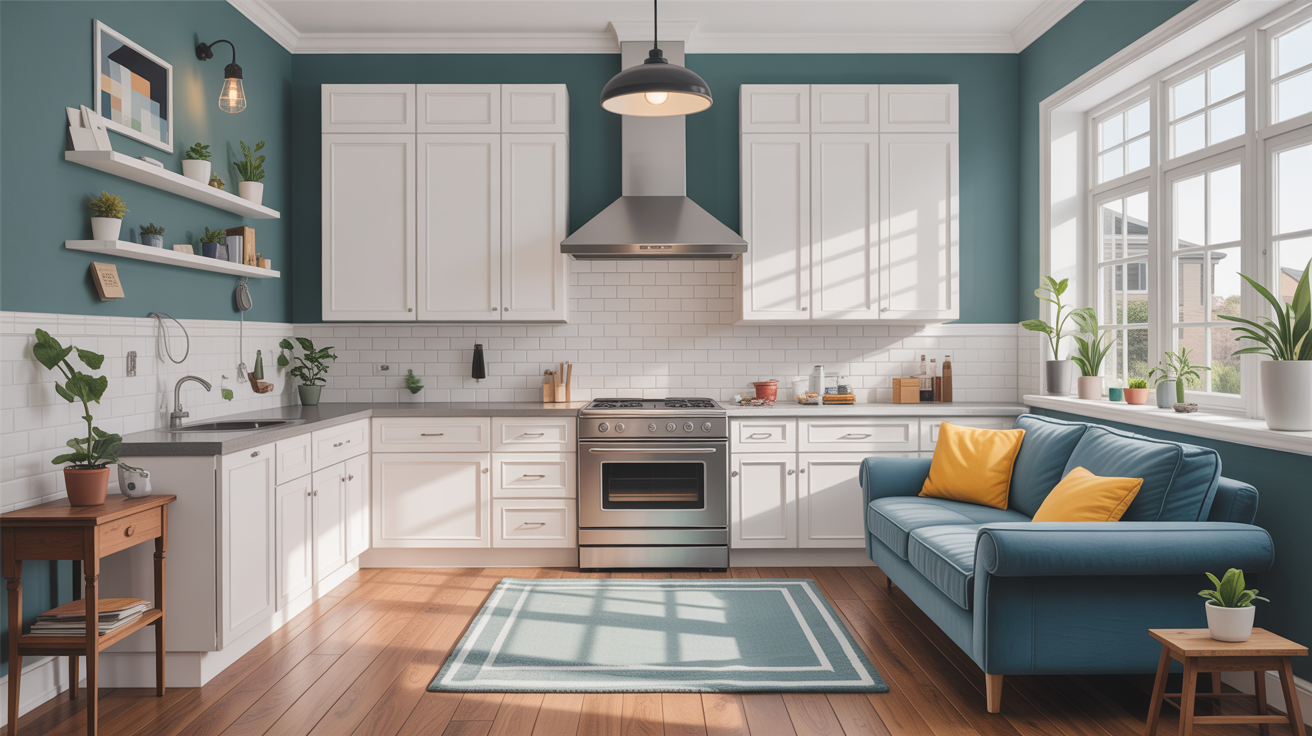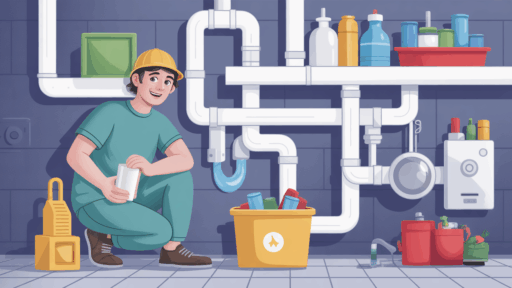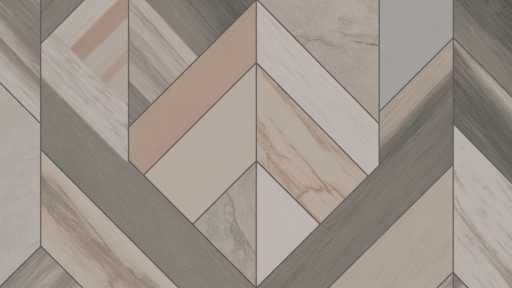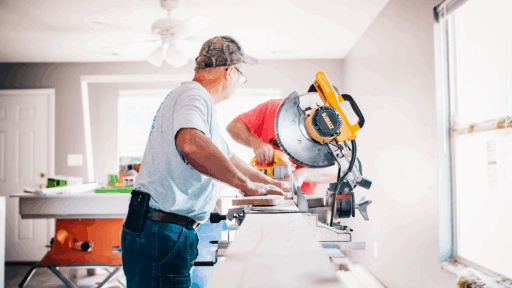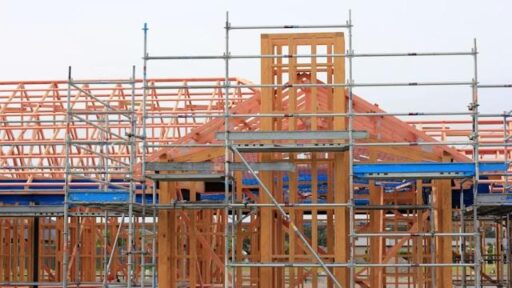Home renovations are usually done for one of two reasons—comfort or resale value. When it comes to resale, not every project will pay off. Some updates cost more than the value they add, while others bring a strong return at the time of sale. Knowing which projects are worth your dollars can help you make smarter decisions.
First Impressions Count: Exterior Renovations
One of the most consistently high-value updates is a new garage door. According to recent data, the average cost of a garage door replacement is around $4,500, but it can add close to $8,800 in resale value. That’s close to a 194% return. It’s a small change that stands out visually and functionally.
Manufactured stone veneer adds an upscale look to home exteriors without the full cost of natural stone. Average installation costs sit around $11,000, but the increased value can reach over $17,000, resulting in a return of more than 150%. The current trend leans toward natural materials, so this works in line with buyer expectations.
Fiber-cement and vinyl siding replacements perform well, too, with cost recoveries of 138% and 129%, respectively. These materials combine durability with low maintenance, which appeals to time-pressed buyers.
Inside the Home: Where Value Meets Everyday Use
Kitchens remain a top project.
Bathroom updates follow a similar pattern. A well-thought-out mid-range bathroom remodel offers around 60–70% in cost recovery. Replacing outdated vanities, lighting, and plumbing and retiling with modern finishes meet market expectations without going overboard.
New flooring can also lift home value. Swapping carpet for hardwood or luxury vinyl plank tends to return about 70–80% of the cost. Buyers prefer warm-toned woods over gray planks, which are now viewed as cold or outdated.
Renovation Value Surprises: Small Projects, Big Impact
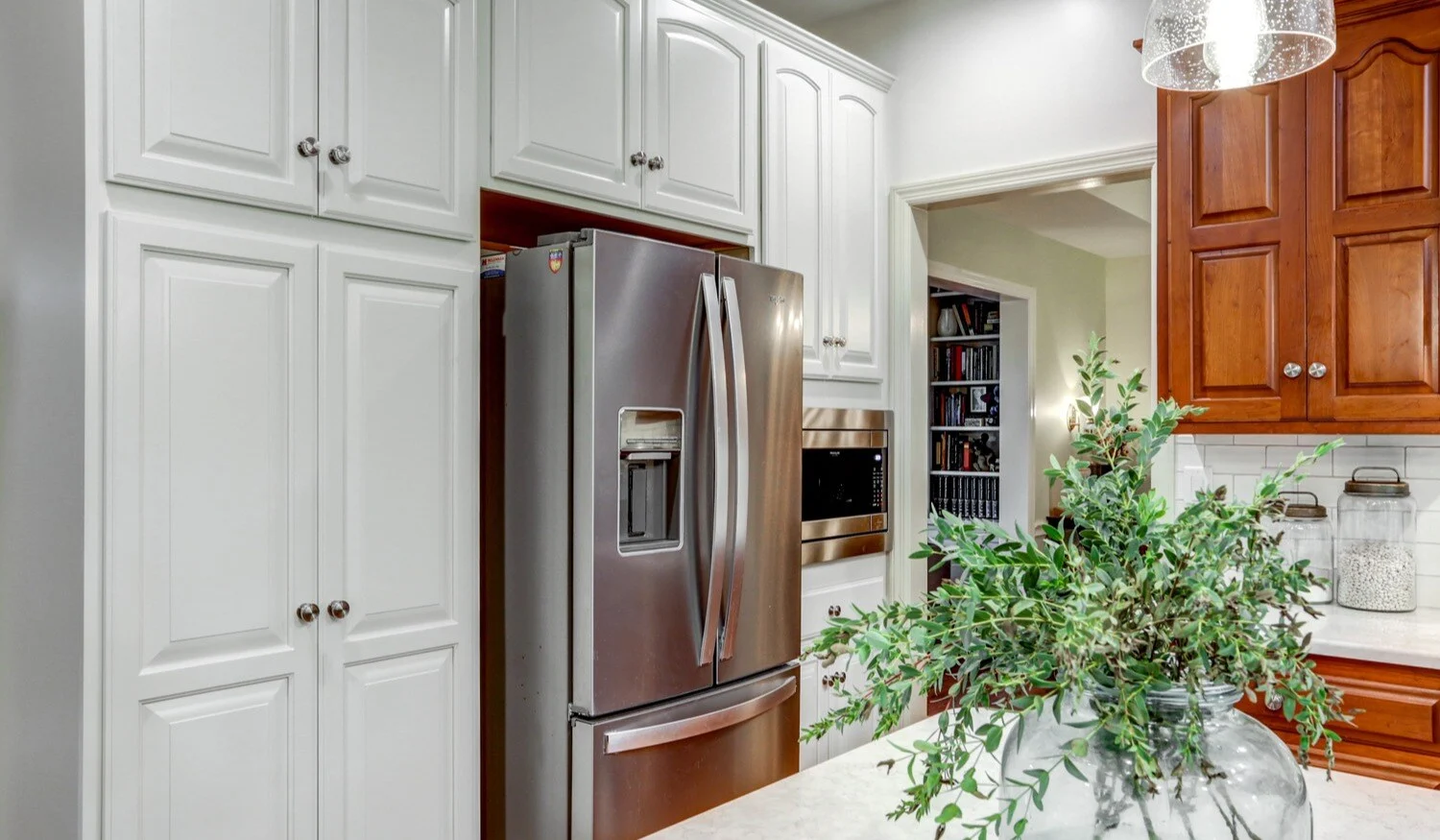
Many homeowners focus on kitchens and bathrooms while overlooking less obvious updates that quietly raise resale value. For example, adding attic insulation or swapping out entry doors has, on average, a higher cost recovery rate than upscale remodels. Closet upgrades, window replacement, and even refinishing hardwood floors often nudge up home valuation more effectively than buyers expect.
In fact, it’s often the smaller, practical upgrades that hold a steady impact across markets. Before planning major renovations, it’s useful to compare current project costs with market data and tools that estimate possible returns. Searches like what is my home worth can give helpful context when deciding between a full remodel or strategic updates.
Efficiency and Environmental Impact
Energy-efficient updates are gaining traction. Heat pump water heaters, smart thermostats, and solar panel systems are moving into more homes. Solar can reduce energy bills by as much as 40% in some case studies, with many homeowners reporting over 70% of their energy covered. Triple-pane windows and better insulation cut heating and cooling costs by roughly 25%.
Still, the return isn’t always guaranteed in resale terms. HVAC conversions to high-efficiency systems saw a return drop to about 66%, down from over 100% the year before. However, the long-term savings and the potential for rebates or tax credits make them worth considering.
Materials also matter. Reclaimed wood, low-toxic paints, and bamboo flooring show up in more remodels, influenced by buyer preferences for natural and lower-impact products. Mid-range remodels using bamboo, for example, can recover up to 99% of costs.
What Used to Work No Longer Works
Design trends matter, and outdated styles can actually hurt value. Gray flooring, once considered stylish, is now discouraged, with designers moving toward warm neutrals. All-white kitchens also fall flat for some buyers who want depth in color and texture.
Open shelving, often seen in modern kitchens, is seen as less appealing now because it tends to look cluttered unless well-styled at all times. Buyers also shy away from hyper-minimalist interiors. Instead, softer patterns and mixed materials are preferred.
Basement and primary suite additions don’t perform well for resale if they are overly elaborate. Luxury primary suite add-ons can return as little as 27% of the cost. Finished basements average about 54% return, which is moderate, but they must be properly waterproofed and permitted to hold long-term value.
How Online Content Shapes Renovation Decisions
DIY and design content continue to influence what people update in their homes. YouTube channels like The Sorry Girls and Happi Habitat highlight budget-friendly changes that are widely followed. These creators focus on practical, stylish updates like removable wallpaper, low-cost shelving, and simple furniture refinishing.
Laura Melhuish-Sprague’s video series tracks her personal renovation choices and has helped highlight the cost-effectiveness of smaller updates. Her focus on comfort, style, and cost balance appeals to younger homeowners who want to customize without over-investing.
These projects might not always add big numbers to property value, but they align well with buyer expectations. Homes that feel clean, updated, and thoughtfully maintained tend to show better, even without costly additions.
Recommendations for Property Owners
If you’re trying to increase your home’s resale value, look at returns first. Projects like garage door replacements, manufactured veneer siding, and kitchen refreshes deliver strong cost recoveries. Skip luxury additions unless you need the space yourself and don’t expect to fully recoup the investment.
Focus on changes that are useful, visible, and affordable. Prioritize fixing dated finishes, improving energy use, and working with design preferences that are currently leading homebuyer interest. For best results, balance what helps your living conditions now with what might attract a future buyer.
Avoid making decisions based solely on trends. Before starting any renovations, take a close look at your local market. See what has sold recently and what those homes looked like. Then, work backward to see what changes helped make them sell. Home upgrades don’t need to be expensive. They need to be smart and aligned with what buyers want now.

